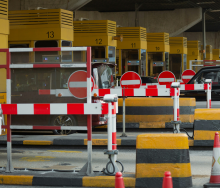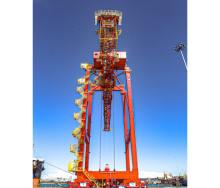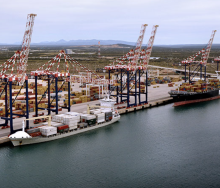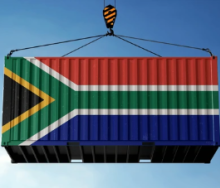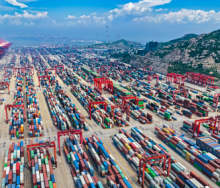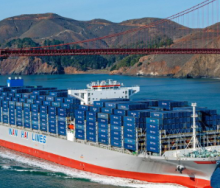Ports in Japan and China lead the ranks of the top 10 ports in the world at highest risk of greatest potential loss in financial terms, according to analysis released by California-based catastrophe risk management firm, RMS.
Data released by RMS reveals that the port of Nagoya in Japan could cost insurers up to US$2.3 billion from a 1-in-500-year catastrophic event and the port of Guangzhou in China US$ 2 billion.
The remaining eight ports in the top 10 are in the United States (US) and Europe and include Plaquemines (US); Bremerhaven (Germany); New Orleans (US); Pascagoula (US); Beaumont (US); Baton Rouge (US); Houston (US); and Le Havre (France).
The analysis was prompted by the approach of the one year anniversary of the Tianjin disaster in China on August 12, 2015. The disaster caused the deaths of 173 people and approximately $3 billion in damages.
“Surprisingly, it is not just the biggest container hubs that have a high risk of loss,” said Chris Folkman, director, product management at RMS. “Smaller ports in the US such as Plaquemines and Pascagoula, as well as Bremerhaven in Germany also feature in the ranking due to their cargo type and the natural hazards they face.”
The RMS report pointed out that while the use of containers in shipping had hugely benefited the global economy, it had increased catastrophic risk exposures for marine insurers due to the increasing size of ships and the increasing capacities of ports and storage facilities.
Larger vessels have rendered many river ports inaccessible, forcing shippers to rely on seaside ports, which are more vulnerable to hurricanes, typhoons and storm surges.
Furthermore, many ports are built on landfill, amplifying their vulnerability to earthquake risk, according to RMS.
“The value of global catastrophe-exposed cargo is huge and is expected to continue growing,” Folkman said.


